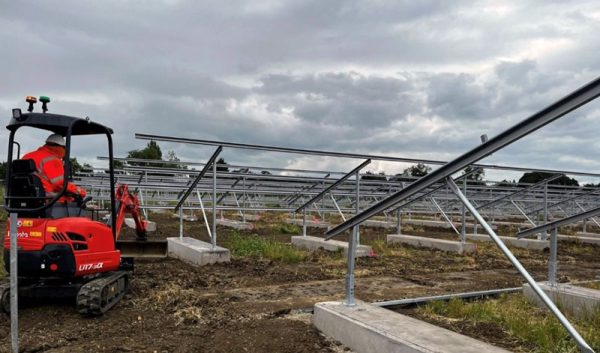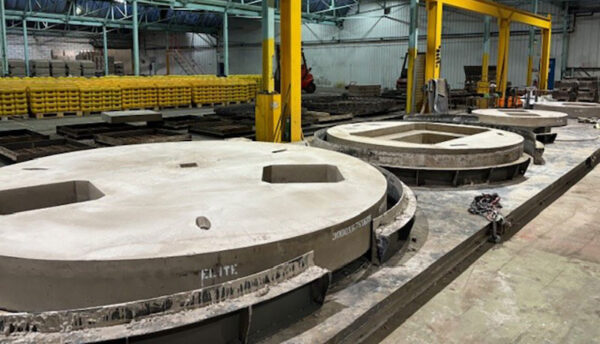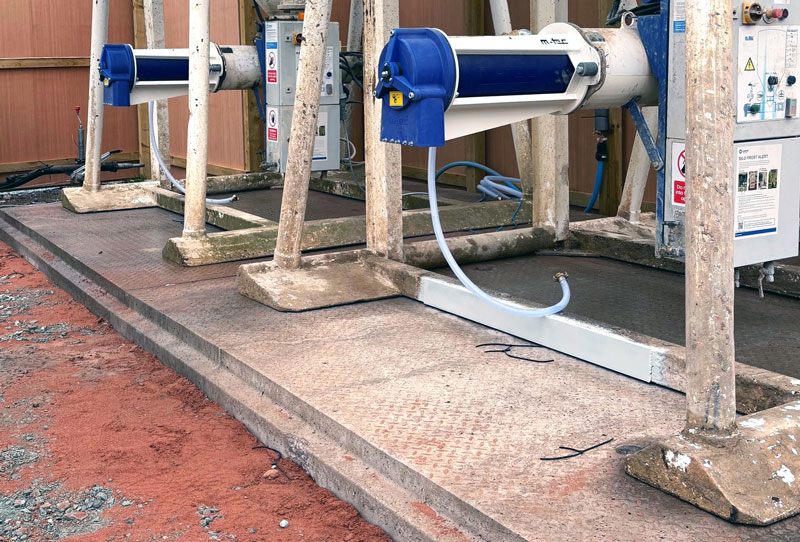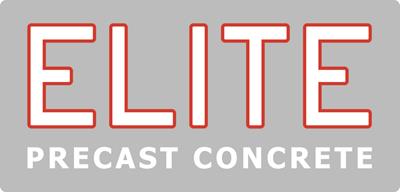Ground-Mounted Concrete Solar Ballast Blocks for UK Solar Farms
As the UK accelerates its transition to renewable energy, solar farms are becoming a familiar sight across the countryside. Among the mounting options for photovoltaic (PV) panels, ground-mounted concrete ballast blocks are increasingly popular—especially where penetrating the ground isn’t practical. They offer logistical and environmental advantages in certain contexts, but their wider use raises questions about long-term sustainability, land use, and ecological impact.
This article explores the role of concrete ballast blocks in UK solar farm development—their benefits, challenges, and how they influence both environmental outcomes and planning decisions.
What are concrete ballast blocks?
Concrete ballast blocks are precast units that anchor solar mounting structures without driven piles or ground screws. Racking is placed on or fixed to the blocks, which rely on mass to resist wind and weather. They are particularly suitable for:
-
Brownfield sites where contamination prevents ground penetration
-
Temporary installations where land must be returned to its original condition
-
Ecologically sensitive areas (e.g. SSSIs) where digging is restricted
Benefits of precast solar ballast blocks
Minimal ground disturbance
Ballasted systems remove the need for excavation, helping preserve soil structure and biodiversity—vital on archaeologically significant or high-conservation sites.
Speed of deployment
Installation is typically faster with less site preparation. Manufacturers like us keep standard solar blocks in stock and can deliver bespoke units within weeks of order.
Reversibility
With no subsoil disturbance, systems are easier to decommission or relocate. This aligns with UK planning permissions that often limit operational lifespans to 25–40 years.
Structural integrity on challenging sites
Where shallow bedrock, flood risk, or unstable soils make piling uneconomic or unsafe, ballasted systems provide a robust alternative.
Challenges and environmental trade-offs
Carbon footprint of concrete
While PV generation cuts emissions, concrete introduces embodied carbon. However, long service life and the potential to reuse ballast blocks after initial deployment can improve overall sustainability.
Additional sustainability notes
-
Panels supplied by us are 100% recyclable, reusable, and resalable.
-
Elite Solar Blocks are manufactured from high-strength 50 N/mm² concrete and are Class A1 fire-resistant.
-
Ballast systems are maintenance-free, saving both time and money over the asset’s life.
Conclusion
Concrete ballast blocks have an important role in enabling solar on UK sites where traditional foundations are impractical. They help protect sensitive land, support rapid deployment, and offer flexibility throughout the project lifecycle. For stakeholders, a maintenance-free solution allows focus on other priorities without the burden of ongoing repairs or frequent site visits.
Visit the Elite Precast Concrete Ltd website for more information on Ground-Mounted Concrete Solar Ballast Blocks for UK Solar Farms






